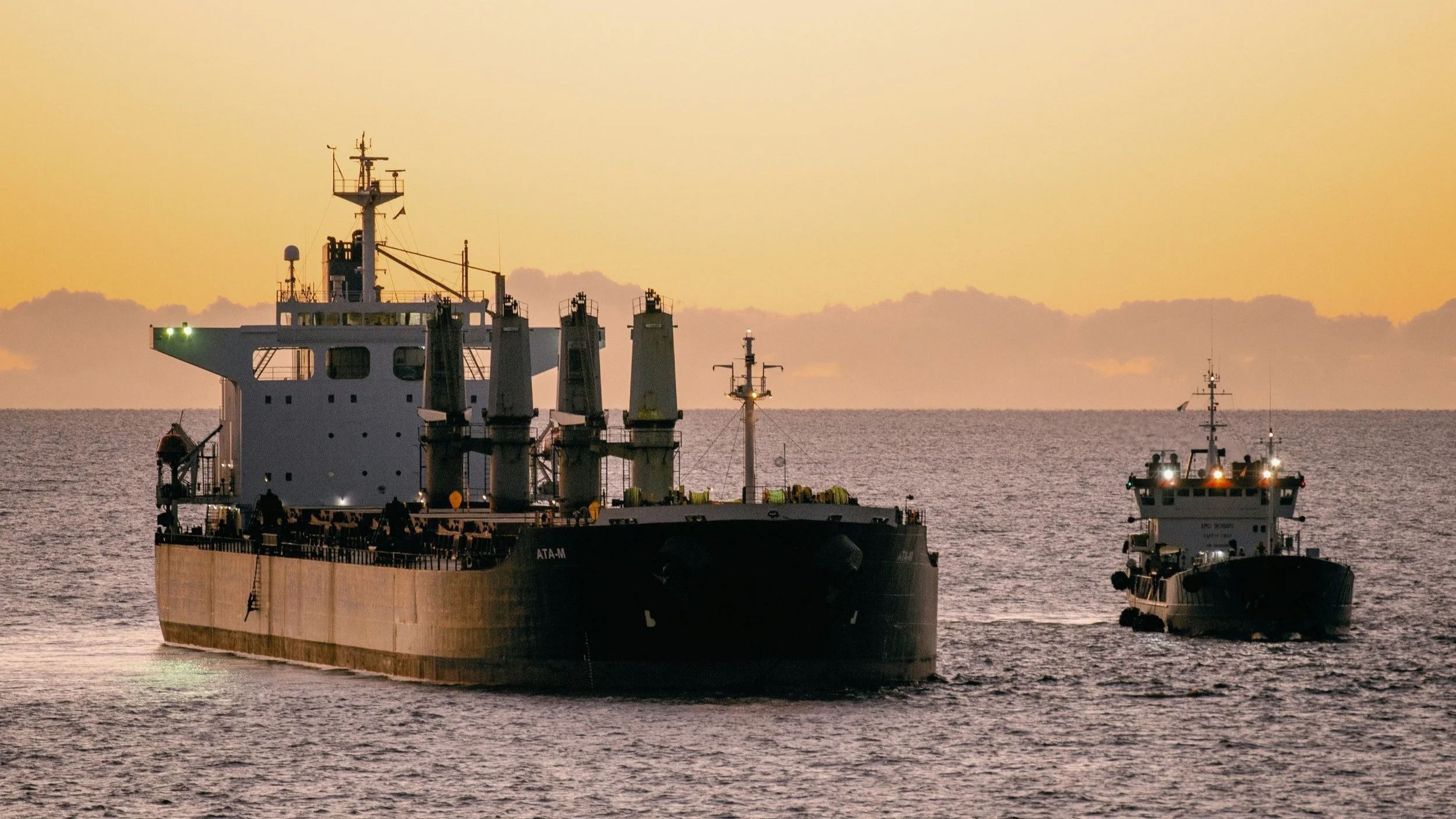Publications
July 2025
Policy briefing on ammonia as a shipping fuel
How can we avoid swapping one pollution problem for another?
Background
The shipping industry urgently needs to reduce its greenhouse gas (GHG) emissions. Measures including demand reduction, energy efficiency improvements, use of wind-assisted propulsion, speed reduction and electrification must play an important role. However, decarbonisation will also rely on replacing climate-damaging fossil fuels with lower emission alternatives.
Ammonia (a nitrogen-based molecule with chemical formula NH3) is touted as one such alternative fuel, because burning ammonia in ship engines doesn’t produce CO2. However, no alternative fuel is the perfect answer to shipping’s pollution problems. Each poses unique challenges and opportunities, not just for GHG emissions but also for air quality, the environment, biodiversity and safety. Ammonia is no exception to this, and for reasons outlined in this policy briefing, these issues must not be ignored.
Can ammonia be a safe, green and clean shipping fuel?
Current evidence suggests that ammonia can contribute to meaningfully reducing the shipping industry’s GHG emissions. However, the deep GHG emissions reductions so urgently required are not guaranteed. Instead, these depend on the use of green ammonia production methods, which source hydrogen from the electrolysis of water and are powered by renewable electricity, as well as minimising direct and indirect emissions of nitrous oxide (N2O), a GHG 273 times more potent than CO2.
James Kershaw, Opportunity Green’s Scientific Officer, explains:
“Using ammonia as a shipping fuel could help cut the shipping industry’s GHG emissions, but simply switching fuels to ammonia might not be enough to deliver on this promise. The nitrogen pollution which could result from a poorly managed transition has the potential to dramatically reduce climate benefits of using ammonia as a shipping fuel, whilst also creating safety risks and damaging the environment, biodiversity and air quality. Industry and regional, national and international policymakers must step up to deliver effective policy and regulation to manage these risks.”
What do we recommend?
Efforts to decarbonise shipping have focused mostly on CO2 emissions. However, for ammonia to become a safe shipping fuel, which contributes meaningfully to reducing the industry’s GHG emissions while minimising adverse public health, environmental and biodiversity impacts, it is essential to look not just at CO2 emissions, but nitrogen pollution as well:
Recommendations for using ammonia as a shipping fuel
The ammonia used should be green, and N2O emissions, hydrogen leaks and reactive nitrogen leaks, spills and emissions must be minimised.
Without these conditions, the GHG emissions reductions achievable by using ammonia, compared with conventional fuels, are significantly reduced or even negated entirely.Monitoring and reporting both GHG emissions and all forms of reactive nitrogen pollution across the ammonia fuel lifecycle must be mandatory and transparent.
To more accurately assess the magnitude of nitrogen pollution from the ammonia fuel lifecycle, and the associated impacts.There must be a robust regulatory and policy framework which manages nitrogen pollution across the fuel life cycle.
To ensure the safe use of ammonia enables GHG emissions reductions and minimises adverse public health, environmental and biodiversity impacts.
Read our policy briefing on ammonia as a shipping fuel
The policy briefing covers:
An overview of ammonia, nitrogen pollution and the nitrogen cycle.
The climate, environment, biodiversity, air quality and safety challenges and opportunities with using ammonia as a shipping fuel.
How the regulatory and policy framework could be adapted to tackle these.
Recommendations.

